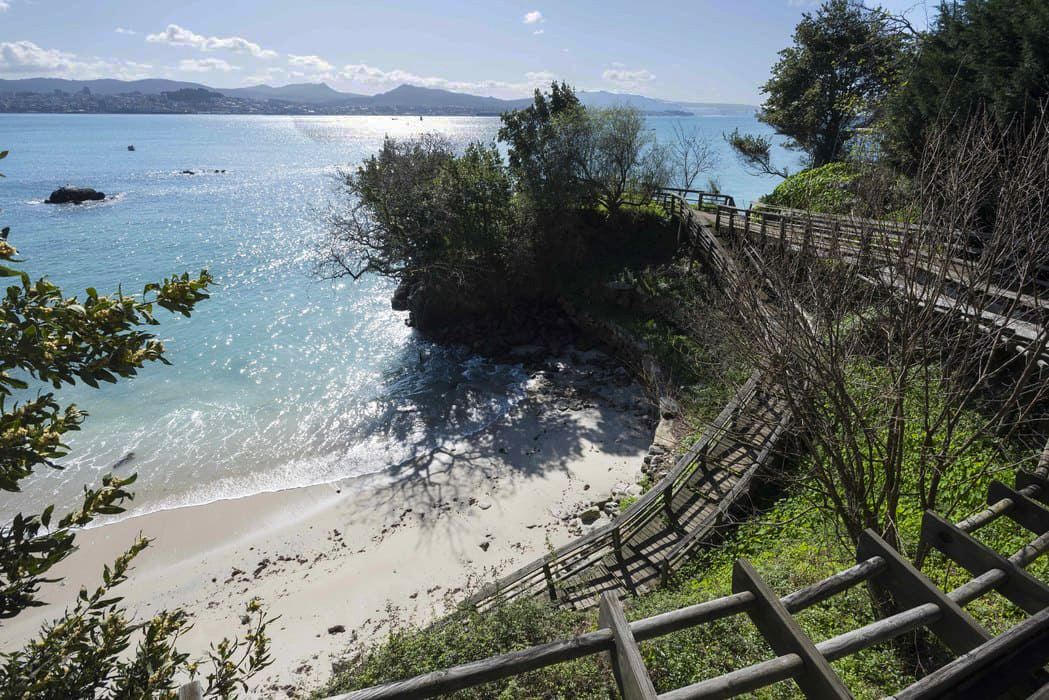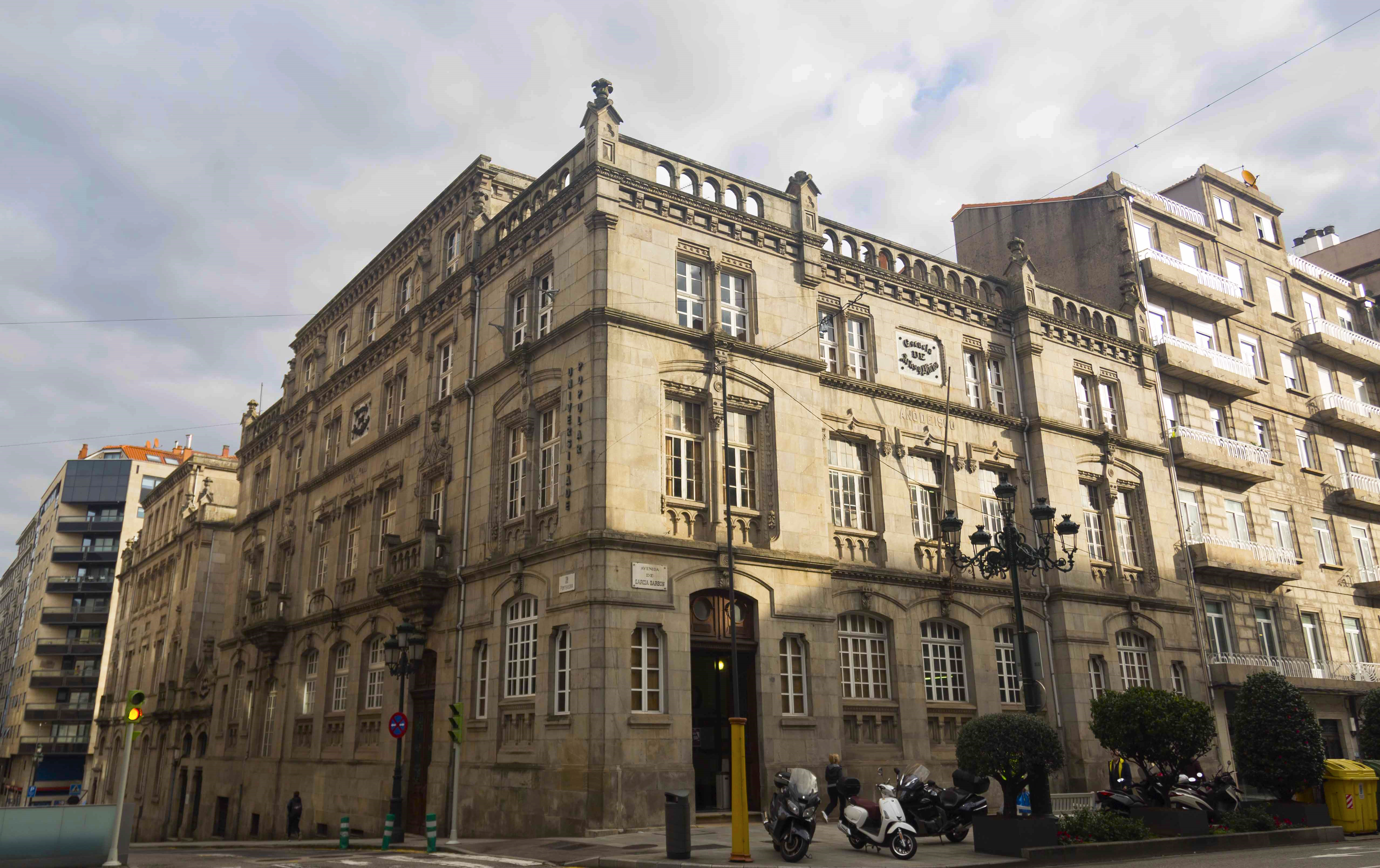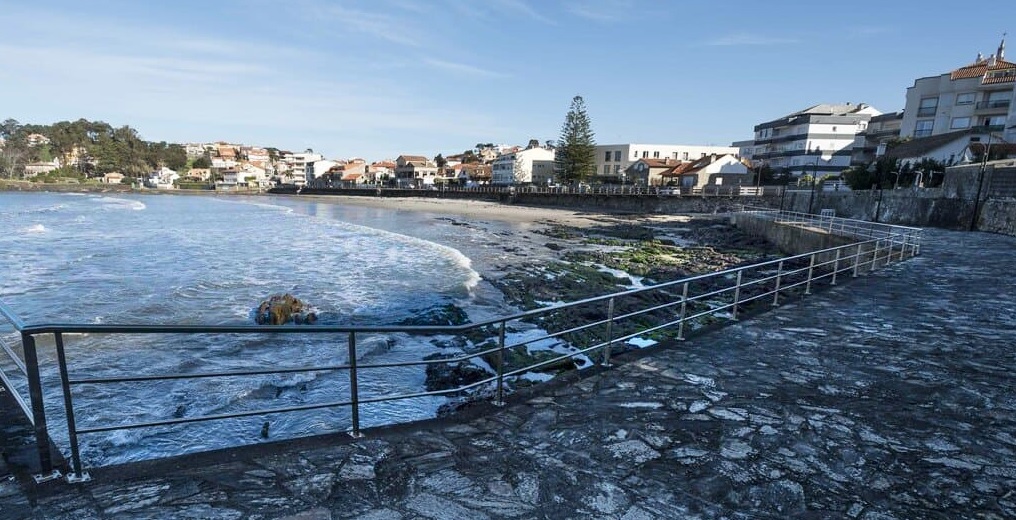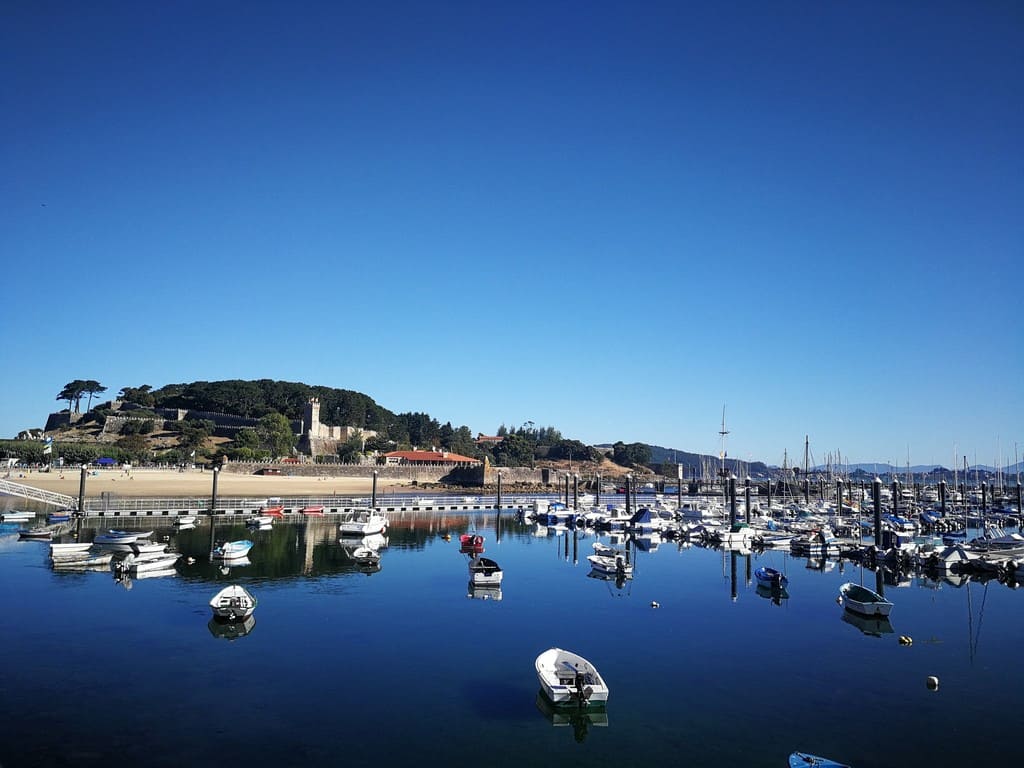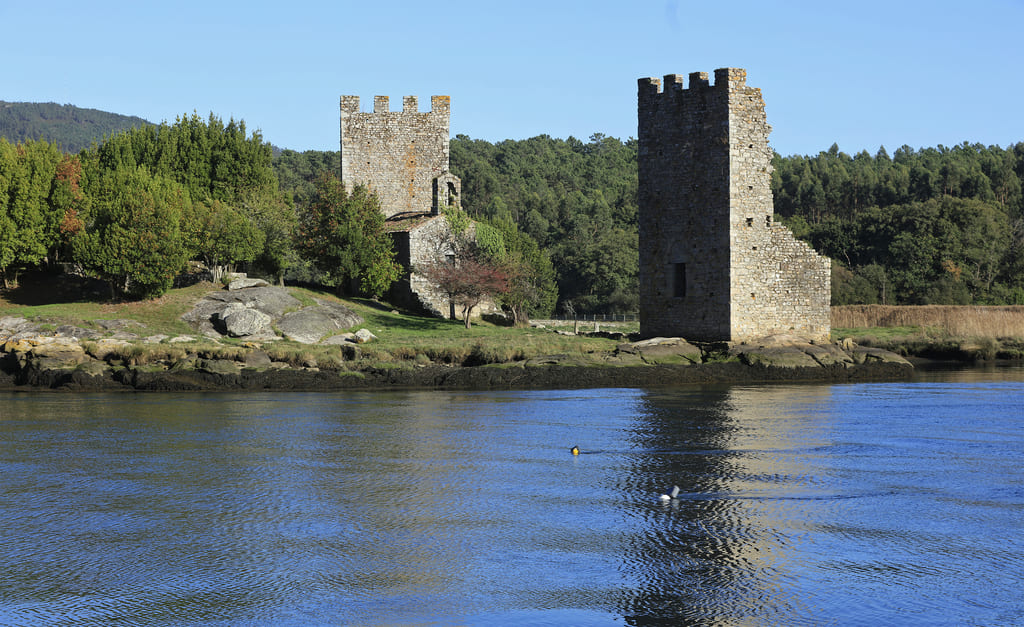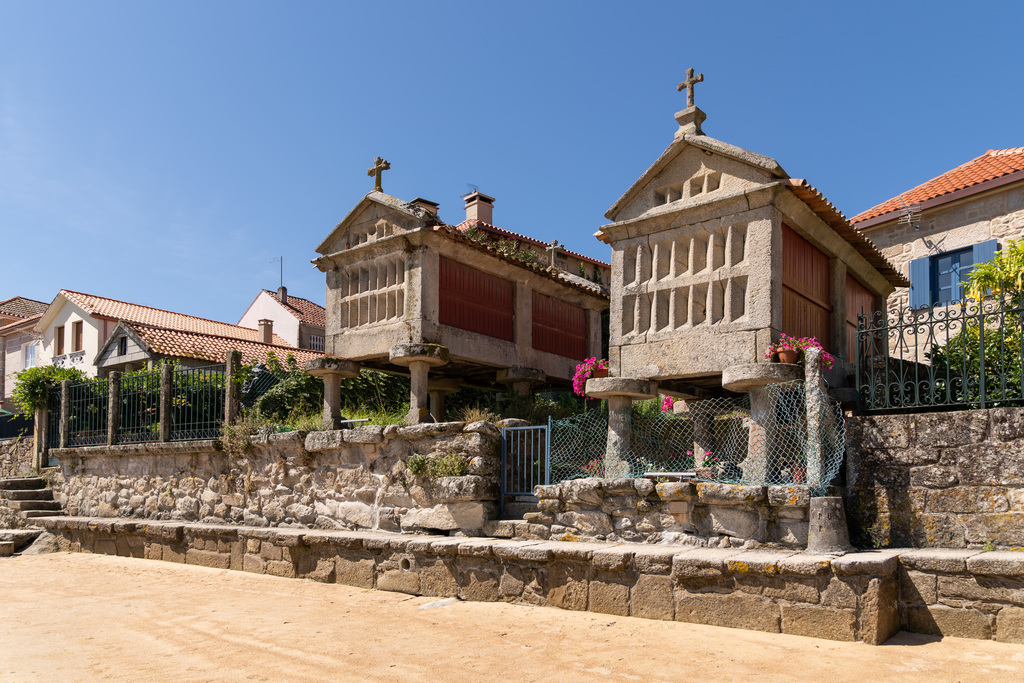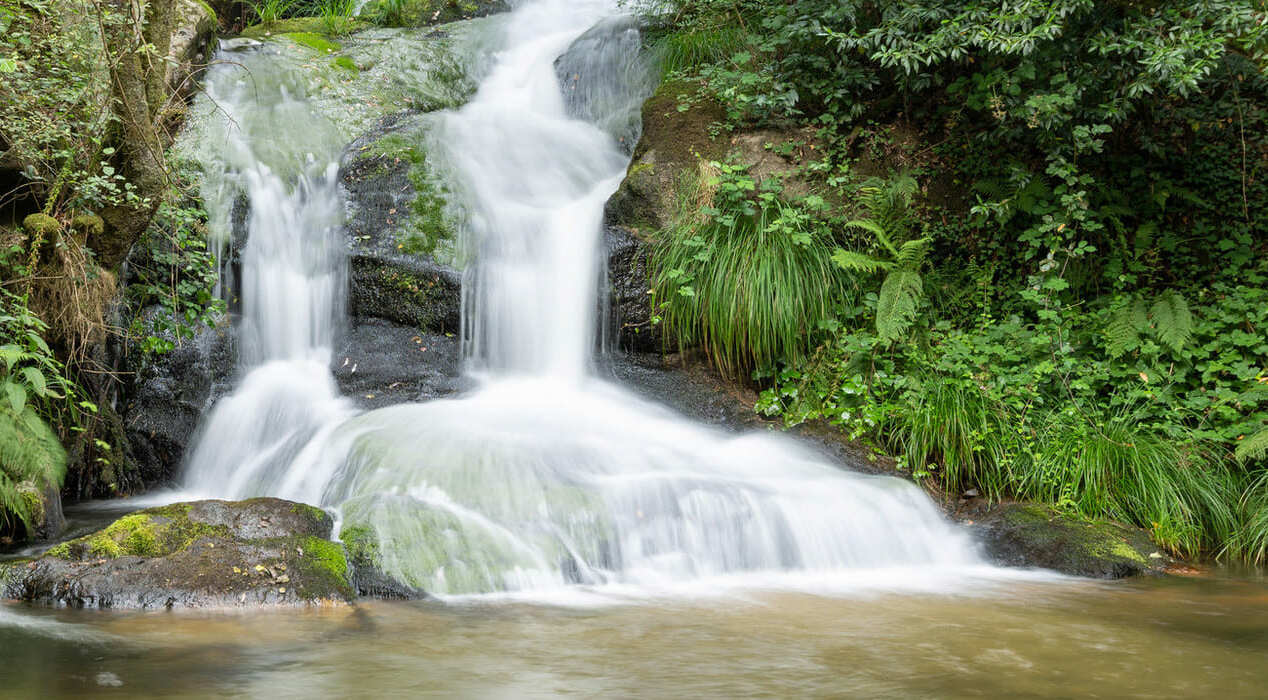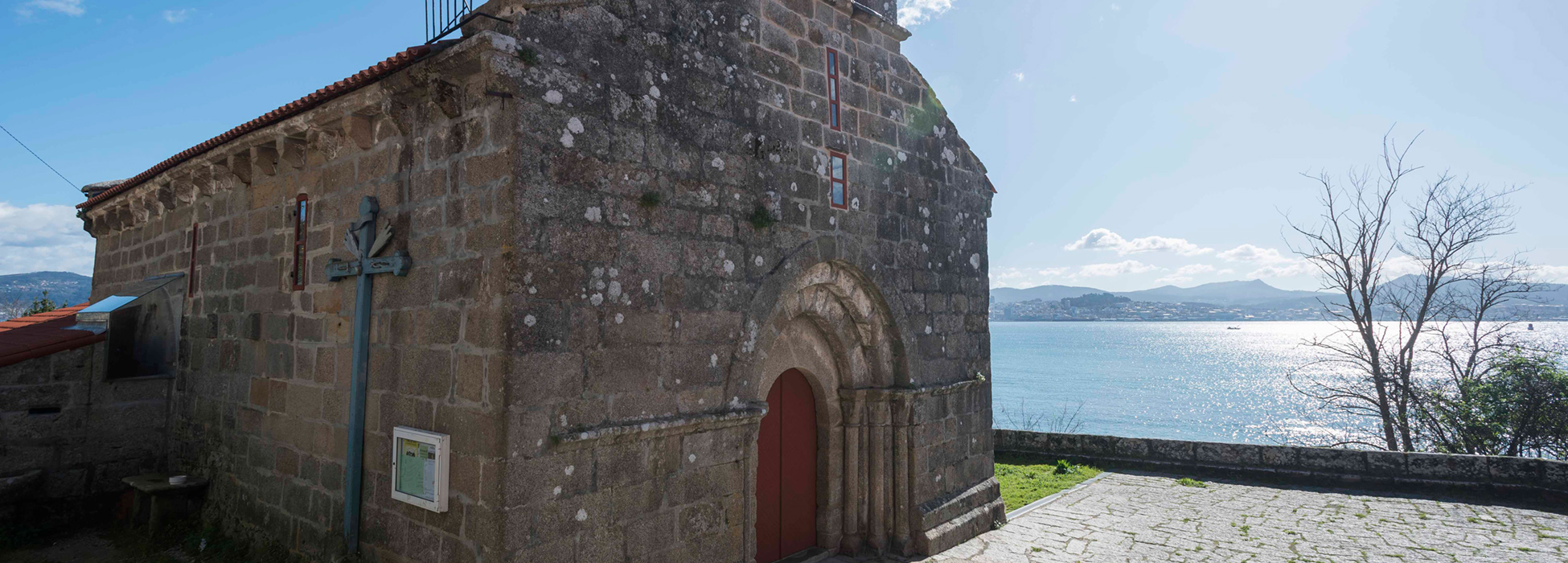
Literary journey through Domingo Villar’s scenes
Plan your route through the beaches, costumes and architectural icons of Ría de Vigo along with inspector Leo Caldas
'Even though several centuries of Viking scourge had caused the depopulation of the coastal strip of O Morrazo, the parish church of Tirán was built at the end of the 12th century on a rocky cliff at the edge of the sea. […] On the opposite shore of the ría, the city of Vigo appeared lying like an animal sleeping at the edge of the water.'
The writer Domingo Villar uses this evocative way to present the main scenes of his novel O último barco (The Last Ship). Both shores of the coastal inlet Ría de Vigo are the centre of the investigation of the last murder conducted by veteran inspector Leo Caldas. After he successfully solved two previous cases that take place in Vigo and Nigrán and that reach the general public under the titles Water-Blue Eyes and Death on a Galician Shore, in this last instalment the main plot tells the story of a woman from Vigo who leaves the city to live in Moaña in search of peace and landscapes of stunning beauty.
don´t miss ...
- The church of San Xoán de Tirán (Moaña)
- The viewpoint of A Mona (Moaña)
- El Ensanche (Vigo)
- Templo Votivo (Nigrán)
Villar’s books are a constant invitation to know the literary territory where his characters live. O último barco, his last best-seller, keeps the reader constantly in tension, following the track of Mónica Andrade. Leo Caldas makes progress on his investigation while he goes all over different places between the Arts and Crafts Municipal School of Vigo, a building assigned to Pacewicz in the stately area of the city, known as El Ensanche, and the surroundings of the church of Tirán (Moaña), where the key scenes take place and where the big mystery surrounding the disappearance of the main character is revealed.
The interest generated by the precious tale of Villar has given rise to the organisation of several literary routes through Moaña departing from the Romanesque temple of San Xoán de Tirán, on the banks of Ría de Vigo. They continue to the viewpoint of A Mona, the beach of Videira and the fountain of Cristo das Boas Augas to reach the cave Cova da Lontra. According to the book, this cave is 'inhabited by an otter that tore the nets of the fishermen to eat the catch.
Villar describes in great detail how the neighbourhood has been strongly linked to fishing, Ría de Vigo and the constant flow of people between both shores. He is also able to evoke such a peculiar feeling as the breeze touching the main characters when they cross the bridge of Rande by car, which defines the silhouette of Ría de Vigo and acts as a liaison between both scenes in the plot.

A strip of land among cliffs
Monteferro is a strip of land that goes into the sea surrounded by cliffs. In the northwest the remains of an abandoned military base rise and at the top of the hillside, at 147 metres above sea level, there is a big granite monument dedicated to Mount Carmel, the patron saint of fishermen. It has a rich historic heritage. In fact, an archaeological site of Roman remains has been discovered in the area. Moreover, this is a place with stunning views where you can enjoy a sunset facing the Cíes Islands.
O último barco is a scenic and emotional journey through the bonds between the city of Vigo and the village of Moaña, unlike Death on a Galician Shore, which takes place in the place of Panxón (Nigrán) and includes a treatise on artisanal fishing in As Rías Baixas.
These scenes are never chosen by chance. The writer from Vigo has spent the summer in the village of Nigrán for more than three decades.
The attention to detail and the affection used to describe the scenes make Death on a Galician Shore the excellent pretext to plan a getaway to the southern part of the province of Pontevedra.
The starting point is the corpse of the fisherman Justo Castelo, found at the beach of A Madorra, and the inquiries take Leo Caldas to the Bar Refugio del Pescador, which perfectly synthesises the character of the local people, the Templo Votivo del Mar, impressive work by architect Jenaro de la Fuente, and allow him to live an unforgettable sunset in Monteferro Peninsula with views to the islands As Estelas and Cíes.
Besides good stories always narrated at the edge of the sea, the readers will find in Villar’s books information about the local heritage and a very personal list with little-known spots on the coast of As Rías Baixas. Now you only have to respond to this literary invitation and follow the steps of Leo Caldas.








